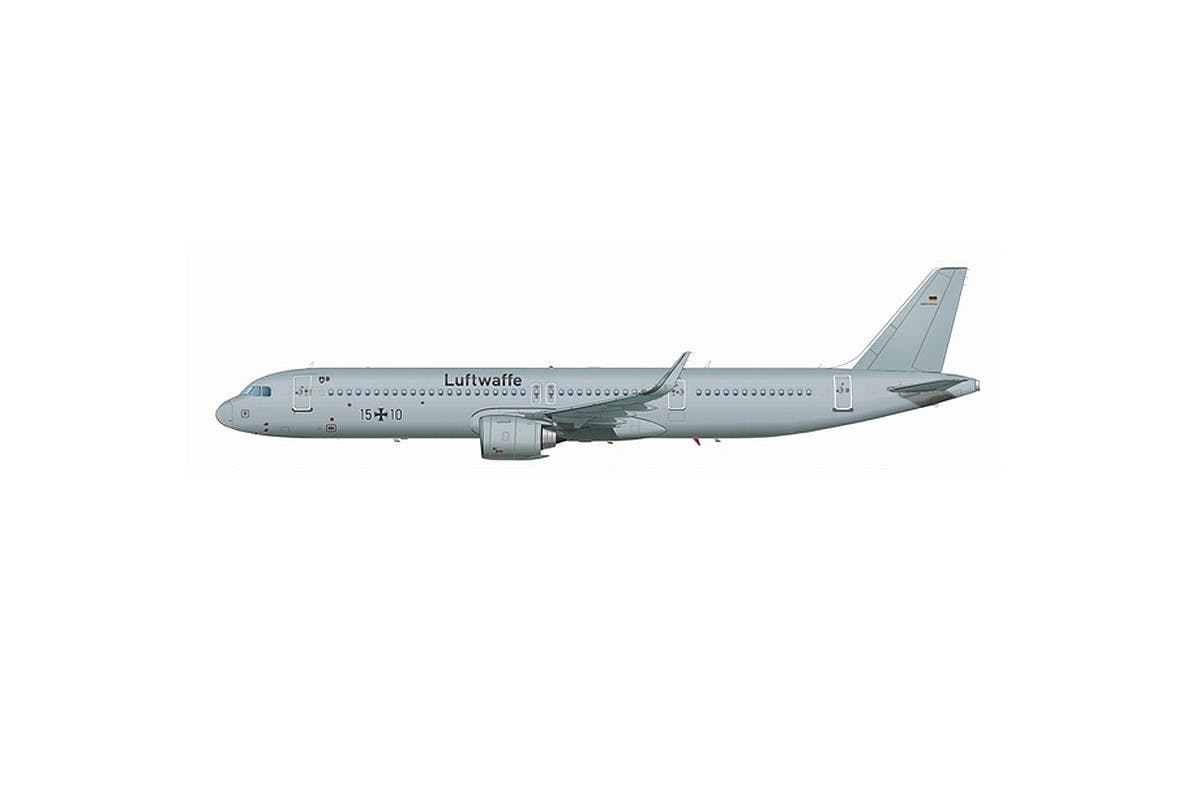All that makes perfect sense from a budgetary view point over a number of years but doesn't makes sense with airframe numbers with future ships, the RAN has 24 R's for a future ship role strength of12 ships will to perform the ASW role that's two aircraft per ship. NZ will have a grand total of two ships fit for role. whilst the Romeo can dual role in utility its bloody expensive for as a knockabout workhorse
Again, no. The RAN had a requirement for 8 naval helicopters available for deployment, which is why 24 were purchased to ensure that maintenance and training cycles as well as pre- and post-deployment workups could be accommodated. These 8 naval helicopters were the anticipated needs from across the RAN fleet of escorts which at the time was projected to be a dozen. Again, following the rule of thirds, there was the potential that ~four vessels would be unavailable for deployment if/when needed, leaving 8 ships which could benefit from an embarked naval helicopter at any one time.
As for the future RNZN naval helicopter need, that is something which the NZDF would need to work out though I would suggest that at a minimum a one for one replacement of the current SH-2G(I) Seasprite would be in order. More might be called for if new/upcoming RNZN vessels end up wanting/needing an embarked naval helicopter. One thing which is being overlooked is the potential value in expanding the sensor footprint and situational awareness for a naval helicopter or TF, this includes more than just ASW ops.
Another thing which seems to have been overlooked or misunderstood is that relative cost of having an embarked NFH90 compared with an MH-60R, at least in terms of operations. Based off the costs for the NH90, it costs ~4x as much to use the NH90 compared with an MH-60, and I would assume that ratio would be fairly similar with an NFH90. Which means that as expensive as it might be to have a RNZN vessel embark an MH-60 for operations, it would still be significantly less than doing so using an NFH90.
Now if one is talking about a utility helicopter for personnel/cargo movement and/or a ship-to-shore connector, then one would not be talking about using a naval helicopter like an MH-60R or NFH90, so suggesting the NFH90 as a solution would be moot. Further, there would remain the issue of which RNZN vessels could actually embark the NFH90, if for some reason they were selected. As it currently stands, both the frigates and OPV's in RNZN service have hangars which are too small to fit and support the NH90. Canterbury has a hangar which can fit four helicopters, and two landing spots which should mean that a pair of helicopters could be landing or taking off at a time, with the remaining two helicopters either still in the hangar, or already deployed away from the ship.


